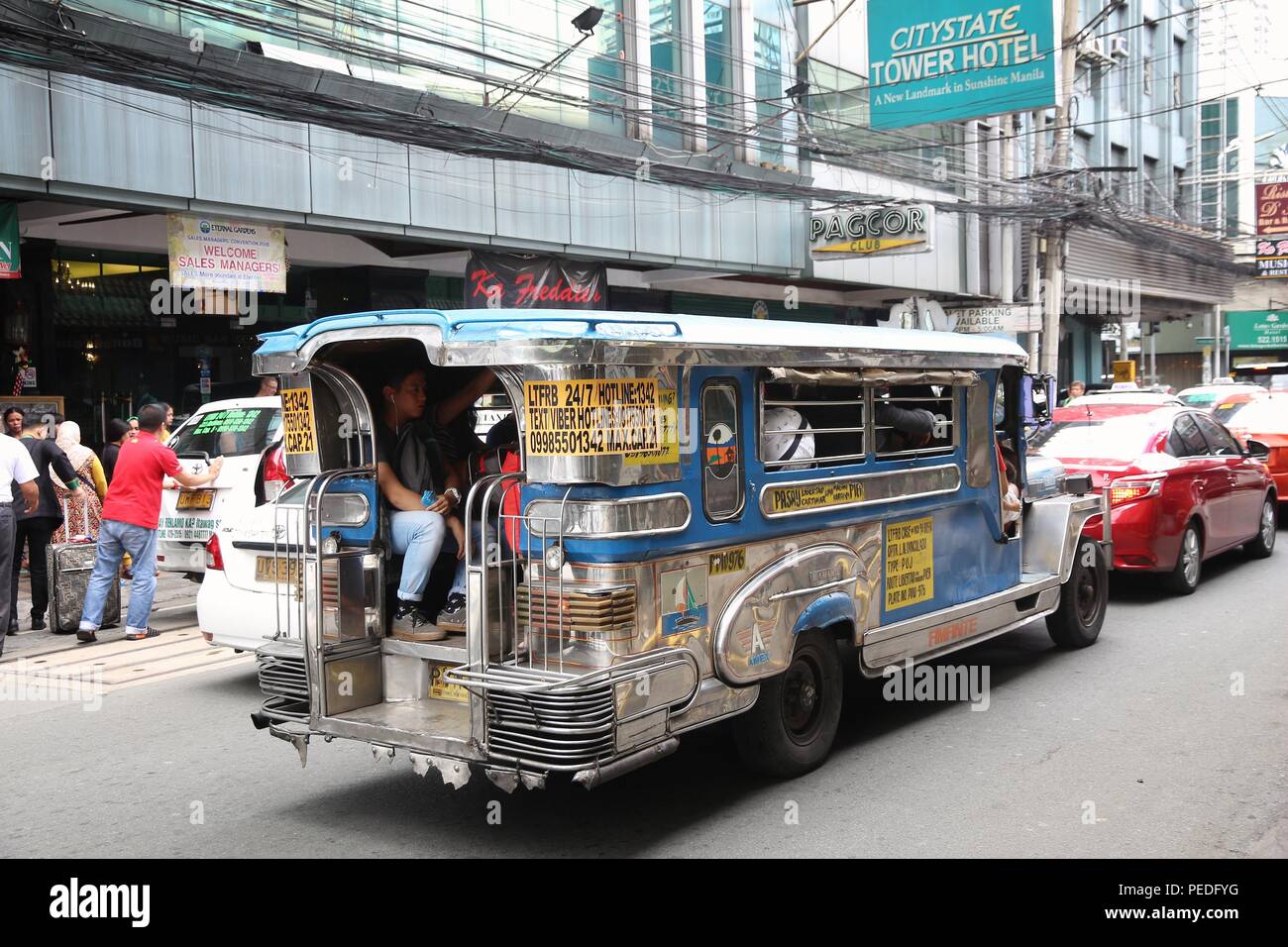Optimize Exposure with Transit Advertising Philippines
Optimize Exposure with Transit Advertising Philippines
Blog Article
Exactly How Transportation Marketing Can Change Mass Transit Spaces Into Dynamic Advertising And Marketing Platforms
Transportation advertising holds substantial capacity to redefine public transportation rooms into lively advertising and marketing systems that educate and involve. As we check out the diverse advantages and evolving strategies of transportation advertising and marketing, it elevates the inquiry of just how this makeover can redefine our communications with both brands and the urban environment.
Advantages of Transportation Marketing

Additionally, transportation marketing is extremely affordable contrasted to conventional media. It allows marketers to achieve high impacts at lower prices, optimizing roi. The restricted audience of travelers provides a possibility for brands to communicate their messages to individuals who are often receptive throughout their travel times.
Moreover, the dynamic nature of transit advertising and marketing allows projects to be upgraded frequently, making certain that messaging remains appropriate and prompt. This flexibility can be important in reacting to market trends or marketing occasions, maintaining the brand top-of-mind for consumers. Last but not least, the pervasive existence of transportation advertising adds to brand name recall; duplicated direct exposure within familiar traveling contexts enhances brand name awareness and promotes customer commitment, ultimately boosting and driving sales brand name credibility.
Kinds of Transportation Advertising And Marketing
Public transportation systems offer different layouts for advertising and marketing, each dealing with different advertising methods and target market involvement methods. One famous kind is external bus and train wraps, which cover the whole automobile and produce a mobile signboard result, permitting high exposure in city settings. These covers can record focus as they go across active roads, getting to a diverse audience.
Another popular layout is indoor marketing, that includes posters, digital displays, and advertisements on transit seats. These placements involve travelers during their trip, enhancing brand messaging in a confined room. Digital presents, in specific, provide the advantage of vibrant material, enabling marketers to upgrade messages in real-time.
Station advertising and marketing is likewise significant, including posters, banners, and interactive booths within transit terminals. These ads leverage foot website traffic and can target particular demographics based upon place.
Lastly, advertising partnerships with transportation authorities can cause distinct projects, such as themed transportation experiences or events, improving the overall involvement with travelers. Each kind of transportation marketing provides distinctive benefits, allowing brand names to customize their method to effectively reach their target market within the public transportation ecological community.
Engaging Travelers Efficiently
Travelers are increasingly swamped with advertising messages throughout their daily journeys, making it essential for brands to involve them in innovative methods. To record interest in this congested room, marketers should focus on creativity and significance. Making use of captivating visuals and succinct messaging can considerably improve the chance of engagement.
Interactive aspects, such as QR codes or increased reality functions, can additionally change static ads into immersive experiences, cultivating a much deeper connection with the audience. Brand names need to focus on dealing with travelers' demands and interests, tailoring messages to resonate with their way of life, whether via promos for neighborhood companies or services developed to improve their commuting experience.
Additionally, timing plays a critical role; strategically placing ads during top commuting hours can take full advantage of presence and effect. Involving commuters efficiently likewise includes leveraging social networks combination, allowing passengers to share their promos or experiences straight from transportation platforms, thus enhancing brand reach.
Basically, reliable interaction depends upon comprehending the commuter trip and creating engaging, interactive, and relevant marketing experiences that not just capture attention yet likewise drive action and loyalty. By doing so, brand names can transform public transportation right into a vibrant marketing platform that reverberates with its audience.

Measuring Marketing Impact
Just how can brand names precisely assess the effectiveness of their advertising projects en route settings? Determining the impact of transportation advertising calls for a diverse approach that incorporates qualitative and measurable metrics. One common approach is tracking interaction through mobile analytics, where brand names can analyze foot web traffic patterns and app communications before, throughout, and after campaigns.
Surveys can give useful understandings into brand name recall and consumer belief, allowing brand names to gauge exactly how well their messages reverberate with commuters. Furthermore, keeping track of social media sites interaction pertaining to specific projects can disclose shifts in public understanding and brand name discussion.

Additionally, teaming up with transit agencies can improve dimension precision, as they often possess comprehensive market information on ridership fads. By incorporating these methodologies, brands can develop an extensive understanding of their advertising performance, ensuring that their campaigns not just get to but also impact their target find out here now audiences effectively.
Future Trends in Transit Advertising
A considerable shift is anticipated in transportation marketing as technological innovations and changing customer actions improve the landscape. Transit Advertising Philippines. The combination of interactive media and digital displays is anticipated to boost interaction, enabling brands to supply vibrant material that resonates with diverse target markets. As mass transit systems accept smart technology, marketers will certainly leverage real-time data analytics to customize messages based on passenger demographics and actions
Additionally, increased reality (AR) is positioned to reinvent the way travelers engage with ads. By providing immersive experiences, AR can change a mundane trip right into an engaging story that records interest and promotes brand loyalty. This development will likely urge advertisers to develop more experiential projects that drive consumer communication.
Sustainability is one more vital trend affecting transit advertising. As environmental awareness grows, brands will significantly look for to align with green practices, making use of lasting products and advertising environment-friendly initiatives within their projects.
Conclusion
In final thought, transportation advertising and marketing supplies significant benefits by boosting brand name presence and involving a restricted audience. As trends develop, the capacity for ingenious communications in between brand names and commuters is poised to grow, ensuring that transit advertising remains a vital component of modern-day advertising and marketing approaches.
Transportation advertising and marketing holds considerable capacity to redefine public transportation spaces into great site vivid advertising and marketing systems that inform and involve. The prevalent existence of transit advertising adds to brand name recall; repeated exposure within acquainted travel contexts reinforces brand name recognition and promotes consumer commitment, eventually enhancing and driving sales brand name online reputation.
Exactly how can brands properly examine the efficiency of their advertising projects in transit settings?In final thought, transit advertising offers substantial benefits by enhancing brand name exposure and engaging a restricted audience. Transit Advertising Philippines. As patterns evolve, the possibility for innovative interactions between brand names and commuters is positioned to grow, making certain that transit advertising stays a crucial element of modern advertising techniques
Report this page